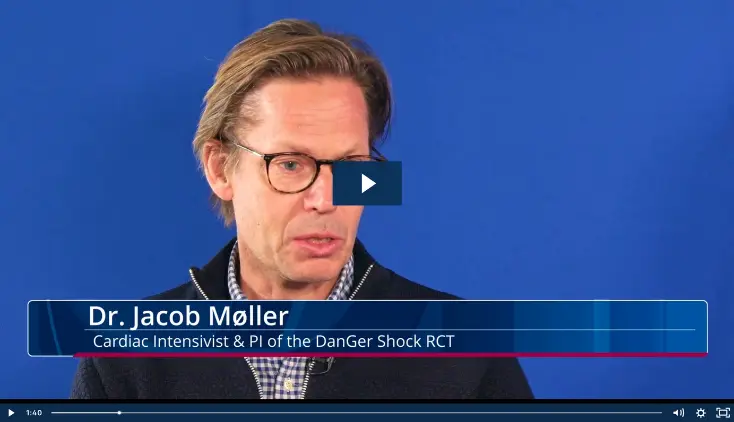Clinical Research & Data, AMI Cardiogenic Shock
Dr. Junya Ako: J-PVAD Registry and Data Presented at TCT 2022
Prof. Hermann Reichenspurner talks to Junya Ako, MD, an interventional cardiologist in Japan, about results from the Japan Registry for Percutaneous Ventricular Assist Device (J-PVAD) study. At TCT-2022, Dr. Ako presented J-PVAD data from patients with AMI cardiogenic shock supported with Impella® in Japan demonstrating 30-day survival of 80.9% in patients treated with Impella alone and 45.7% in ECpella patients.
Dr. Ako tells us that all patients treated with Impella in Japan are enrolled in the J-PVAD registry. In addition, all centers using Impella are approved by an Impella committee of representatives from 10 medical societies. Dr. Ako emphasizes that since Impella was not approved for use in Japan until 2016—much later than in Europe and the United States—Japan implemented best practices already honed in Europe and the US from the very first Impella case in Japan.
When asked why so many patients in the J-PVAD study data were supported with Impella 2.5®, Dr. Ako explains the 70% of the patients were treated with Impella 2.5 since that was the only device approved in Japan until recently. However, now more patients are being treated with Impella CP® and fewer with Impella 2.5.
Dr. Ako also states that VA ECMO has been widely used in Japan for many years for the treatment of severe heart failure and cardiogenic shock. “So, in many cases of cardiogenic shock, VA ECMO was first inserted,” he explains. “In some cases, after PCI they still need LV venting. For those patients, they received Impella afterwards.” Dr. Ako explains that as centers become more comfortable using Impella, they are seeing increased survival rates and many patients now receive Impella before PCI. At this time in Japan, however, Impella is only indicated for cardiogenic shock refractory to medical therapy.
When asked about heart recovery in patients, Dr. Ako states that Impella 5.5® was recently approved in Japan and that he is seeing some patients recover heart function and avoid LVAD implantation. He also emphasizes, “I think we are going to see many patients have a bridge-to-recovery in the future with the use of 5.5.”
Sign Up for Latest Updates
NPS-3203


